Skype: neodalle-travel
Tel: +86 135 7447 2266
E-mail: sales@visitaroundchina.com
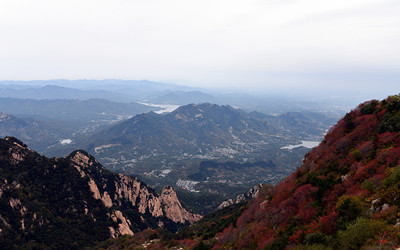 |
 |
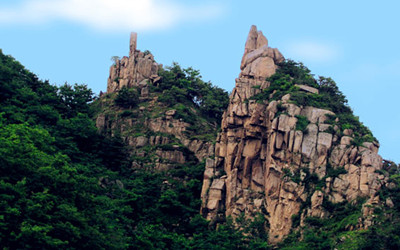 |
| Taishan Mountain | Laoshan Mountain | Culai Mountain |
The Yellow River passes through Shandong's western areas, entering the sea along Shandong's northern coast; in its traversal of Shandong. The Grand Canal of China enters Shandong from the northwest and leaves on the southwest. Weishan Lake is the largest lake of the province. Shandong's coastline is 3000 km long. Shandong Peninsula has a rocky coastline with cliffs, bays, and islands.
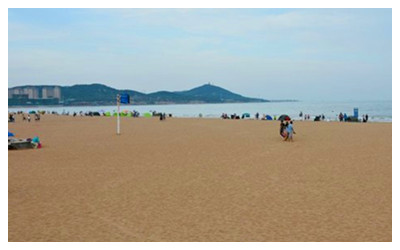 |
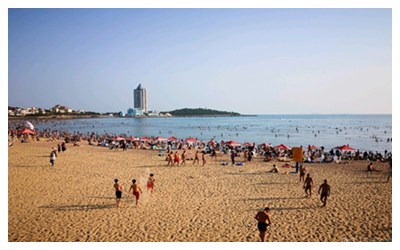 |
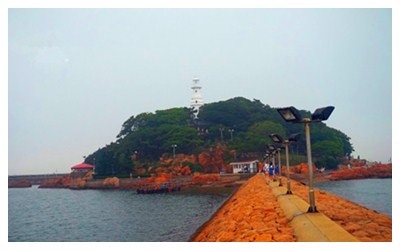 |
| Qingdao Golden Sand Beach | Qingdao Number One Bathing Beach | Small Qingdao Island |
Shandong is a pivotal cultural and religious site for Taoism, Chinese Buddhism, and Confucianism. Shandong's Mount Tai is the most revered mountain of Taoism and one of the world's sites with the longest history of continuous religious worship. The Buddhist temples in the mountains to the south of the provincial capital of Jinan where once among the foremost Buddhist sites in China. The city of Qufu is the birthplace of Confucius that was later established as the center of Confucianism.
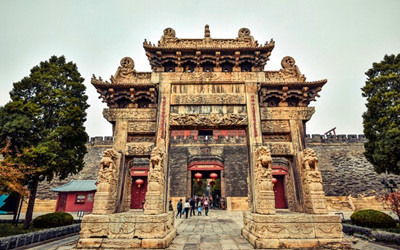 |
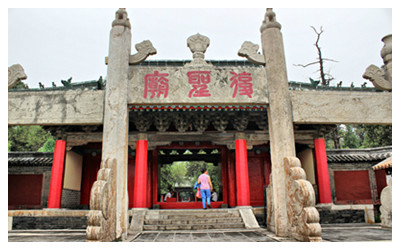 |
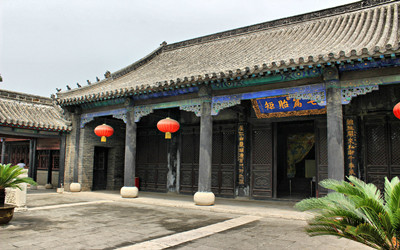 |
| Dai Temple | Yan Temple | Mencius Family Mansion |
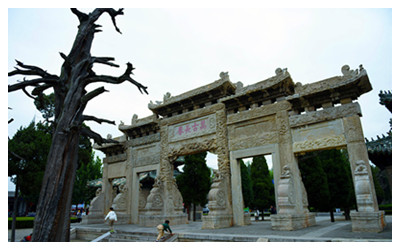 |
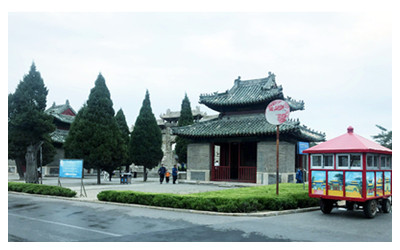 |
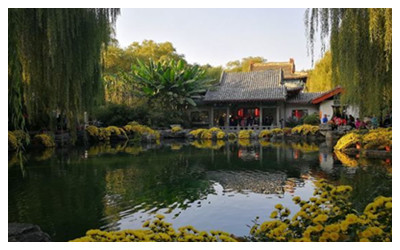 |
| Confucius Cemetery (Kong Lin) | Qufu Confucius Temple | Baotu Spring Park |
 Ask Questions ?
Ask Questions ?